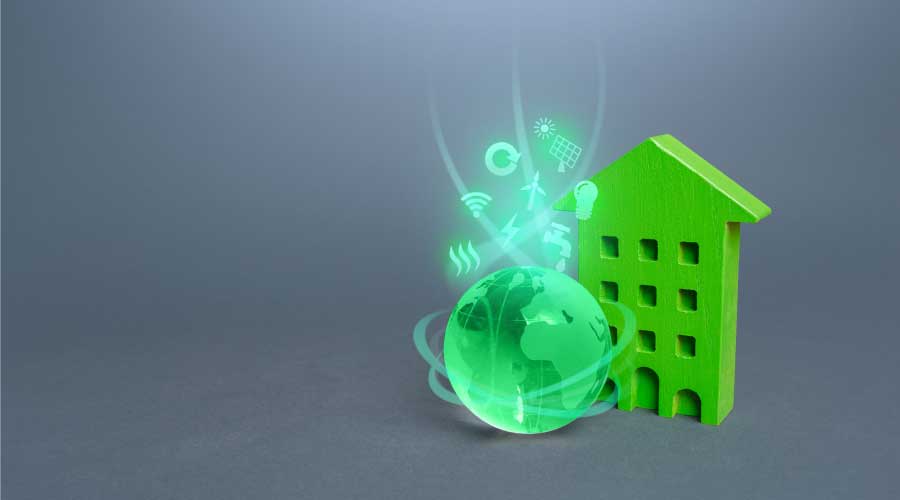Perform an Energy Audit As a First Step To Savings
How can you most effectively audit your facility's energy usage and adjust it based on the results?
The starting point of any energy audit is gathering two or three years of detailed consumption and billing history of electricity, natural gas, water/sewer and any other fuel/energy purchased. The customer also needs a copy of the electric, natural gas and water/sewer bills and needs to understand how you are being charged on a line by line basis. Some electricity rates vary from summer and winter months. This data can then be reviewed to determine the impact of heating degree days (HDD), cooling degree days (CDD), occupancy, production numbers, etc. A 10 percent increase in HDD does not impact the electric or natural gas bills on a linear basis.
A small energy model is required. You also should develop an electrical and natural gas "energy balance," or a chart showing when the energy goes in a chart form (HVAC, water heating, lighting, plug load, etc.). There are examples online of typical energy balances for each type of building and adjusted for its location. An office building in Florida has a different energy balance than one in North Dakota.
Responses provided by Richard Lubinski, president, Think Energy Management LLC.
Related Topics:















